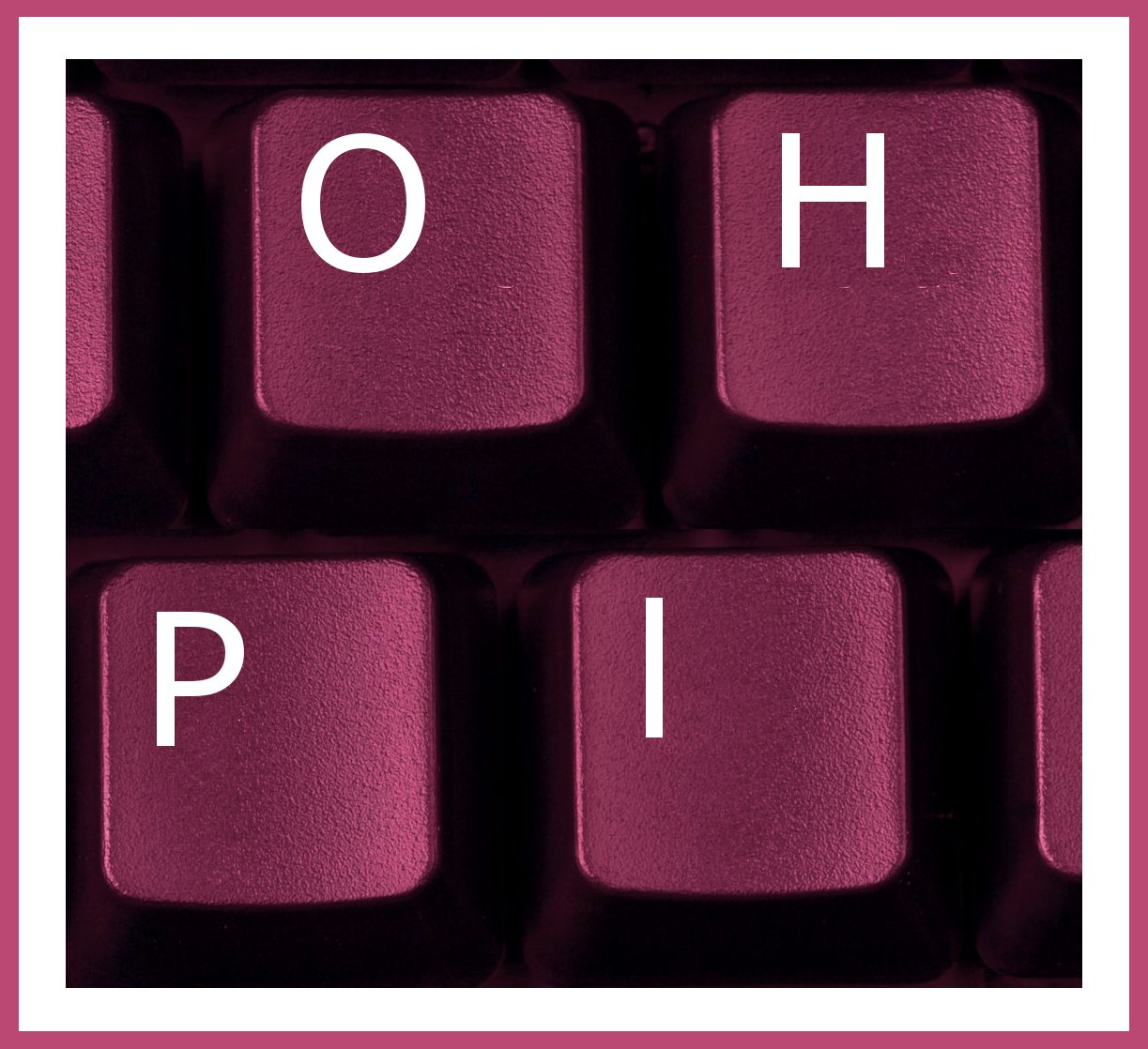Definition of Hate Speech
Hate speech is “speech or expression which is capable of instilling or inciting hatred of, or prejudice towards, a person or group of people on a specified grounds” [1]. It has also been described as speech which destroys a targeted person or groups ‘assurance that there will be no need to face hostility, violence, discrimination, or exclusion by others’ as they go about their daily life [2]. Hate speech is considered harmful not just because of its impact on individuals, but also because it undermines the ‘public good of inclusiveness’ in society [3].
Definition of Online Hate Speech
Online Hate Speech is hate speech communicated via the Internet. At OHPI we focus on online hate speech, with our primary focus on hate speech in social media. This is because the main social media platforms such as Facebook, YouTube and Twitter have the largest online engagement and the greatest ability to take a message of hate viral.
Waldron warns that hate speech becomes embedded in ‘the permanent visible fabric of society’ [4], and this is even more true online where the online world is made entirely of speech. Online messages of what white literally are embedded in the environment, be it a hate page that appears in search results on Google, a hate page on Facebook or a hate video returned by a search on YouTube. This is part of the online environment people must live within as they conduct their life online.
Thematic Definitions
At the Online Hate Prevention Institute we find it useful to be more specific about the kinds of messages which instil hate, incite hate, promote prejudice or seek to exclude people from society. For this reason we have a range of thematic pages related to different kinds of hate, each with further details defining that sort of hate. Some of these definitions are widely used and well known in the community, in other cases we created definition for use in our publications and then added them to this website. We hope you find these definitions helpful.
Racism, Antisemitism (hate against Jews), Anti-Muslim hate, Racism against Indigenous Australians, Hate directed against the ANZACs and military veterans, Serious Trolling, Cyberbullying (persistent and personal online attacks) and Griefing (including the creation of malicious content focusing on people who have died), Misogyny (aggression against women) and Homophobia (hate against people who are gay, lesbian or bisexual). Hate speech also includes violent extremism which seeks to destroy the entirely community’s “assurance that there will be no need to face violence” in everyday life.
[1] Katharine Gelber and Adrienne Stone, ‘Introduction’ in Katharine Gelber and Adrienne Stone (eds), Hate speech and freedom of speech in Australia (The Federation Press, 2008) xiii.
[2] Jeremy Waldron, The Harm in Hate Speech (Harvard University Press, 2012) 2—4.
[3] Ibid.
[4] Ibid.
